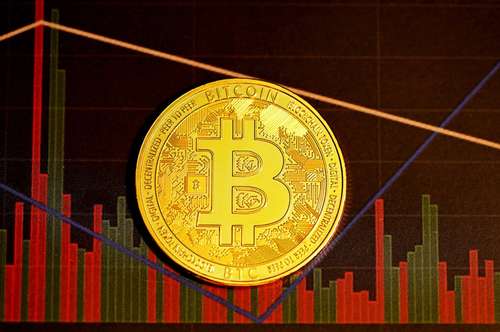
Prominent blockchain research firm "Chainalysis" has recently announced that the United States government is facing potential challenges in maintaining regulatory control over the rapidly expanding $124.5 billion stablecoin list.
Moreover, this revelation comes as part of Chainalysis's latest publication on global crypto adoption, which highlights a significant shift in stablecoin activity.
Let's discuss US stablecoin regulation and everything you need to know.
The Changing Stablecoin Landscape
According to Chainalysis' report, a considerable portion of stablecoin activity has migrated from U.S.-licensed platforms to non-U.S.-approved exchanges since the spring of 2023.
As of June 2023, approximately 54.6% of stablecoin transactions within the top trading platforms have been directed to exchanges outside US stablecoin regulation.
However, this shift in stablecoin activity raises concerns over the United States' ability to exercise effective regulatory control.
The US regulations are not doing the job of controlling the stablecoin market as the stablecoin list and transactions continue to expand.
How Important Have Stablecoins Become?

Users in the crypto space utilize stablecoins every day to either buy other cryptocurrencies or hold them for the long term.
Meanwhile, stablecoins play a crucial role in the cryptocurrency market, as over 90% of stablecoin activity is closely tied to US dollar-pegged coins, which means a 1:1 ratio.
Recognizing the central role of USD-denominated reserves in these assets, US regulators have a vested interest in enforcing regulatory authority over stablecoins.
Moreover, Chainalysis highlighted that US lawmakers have yet to introduce stablecoin-specific regulations.
Although bills such as the Clarity for Payment Stablecoins Act and the Responsible Financial Innovation Act are being considered in the US Congress, there are still no clear regulations in place for stablecoins.
This legal void creates uncertainty and poses potential risks in the stablecoin market, which is undesirable.
Shifting Opportunities and Challenges
As stablecoin listing activities increasingly occur through non-U.S.-licensed entities, US consumers may miss out on securely engaging with regulated stablecoins.
Though US entities initially helped legitimize and catalyze the stablecoin market's growth, the expansion of this market has led to more crypto users relying on trading platforms and issuers based outside of the United States.
However, it is crucial for regulators to address this continued growth and ensure the safety of consumers through proper legislation while facing challenges.
Despite decreased licensed stablecoin activity within the United States, North America has emerged as the most prominent cryptocurrency market.
Between July 2022 and June 2023, the region attracted a staggering $1.2 trillion in transactions, accounting for 24.4% of the global transaction volume.
Meanwhile, this figure surpasses Central, Northern, and Western Europe, which collectively received an estimated $1 trillion during the same period.
Conclusion
Stablecoins operate on public blockchain networks, separating them from traditional payment methods.
While they offer unique advantages, risks and challenges persist. Moreover, US stablecoin regulation is crucial for promoting a secure and transparent market environment.
However, striking the right balance is vital, as stablecoins simplify oversight for regulators but also introduce new operational risks. Specially tailored regulatory models are needed to address these complexities effectively.



